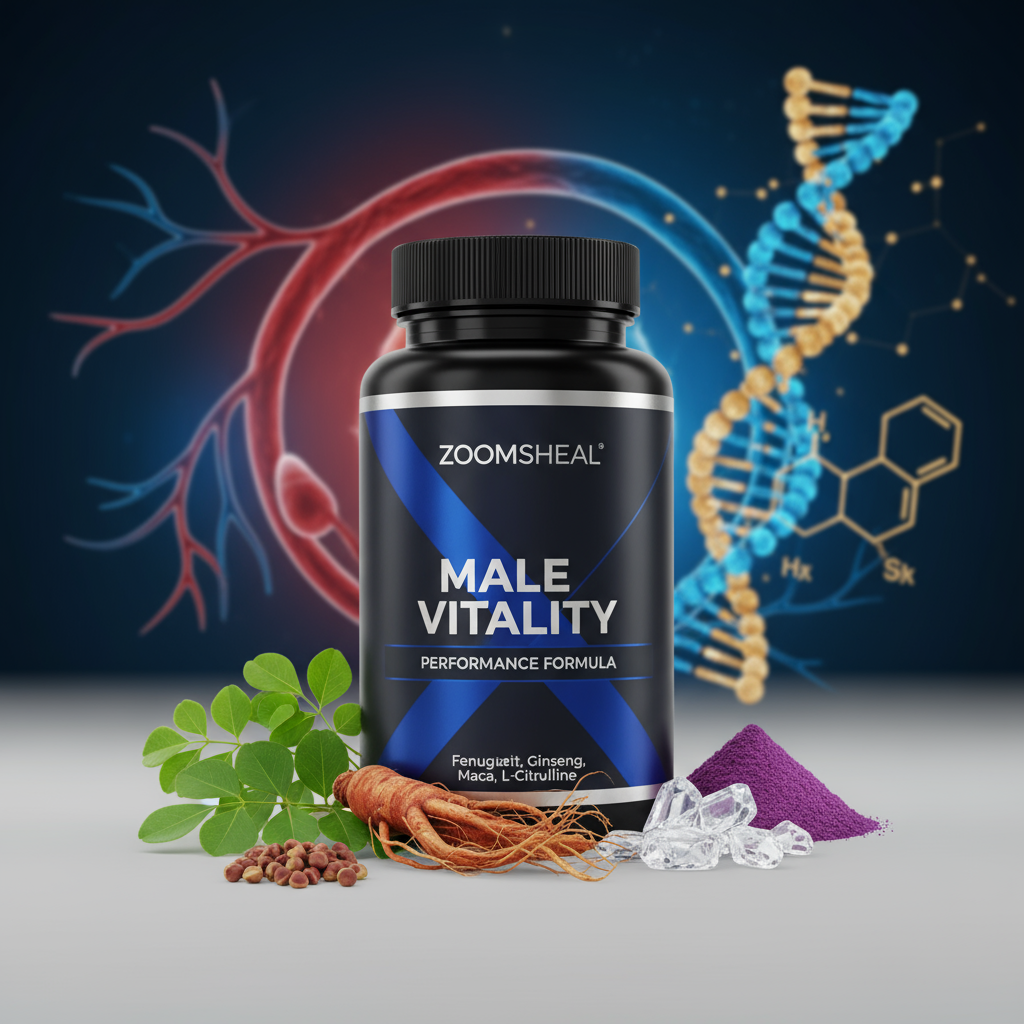Omega-3 fatty acids have become a "star" in the fields of health and nutrition. From deep-sea fish oil to plant seeds, they are widely promoted as essential nutrients for maintaining cardiovascular, cerebral, and overall systemic health.
What is Omega-3?
Omega-3 fatty acids (omega-3 Fatty Acids) are a class of Polyunsaturated Fatty Acids (PUFAs). The name is derived from the third-to-last carbon atom from the methyl end ($\omega$ end) where the first double bond
Sources and Extraction of Omega-3
Omega-3 fatty acids have diverse sources, mainly divided into marine sources (EPA and DHA) and plant sources (ALA).
1. Marine Sources
Marine sources are the primary dietary providers of the long-chain Omega-3s—Eicosapentaenoic Acid (EPA) and Docosahexaenoic Acid (DHA).
-
Deep-Sea Fish: Fatty, cold-water deep-sea fish such as salmon, mackerel, and sardines are the main natural food sources of EPA and DHA.
-
Seaweed/Algae: Algae are the "original producers" of EPA and DHA in the marine ecosystem. Algal oil is an important plant-based source of DHA (and some EPA) for vegetarians.
2. Plant Sources
Plant sources primarily provide the short-chain Omega-3 fatty acid—alpha-Linolenic Acid (ALA).
-
Nuts and Seeds: Flaxseed, chia seeds, and walnuts are rich in ALA. The human body's efficiency in converting ALA to the active forms, EPA and DHA, is very low, especially for DHA. Therefore, ALA typically cannot fully replace the direct intake of marine-sourced EPA and DHA.
3. Omega-3 Extraction and Forms
Commercial Omega-3 supplements (fish oil) primarily come in three forms, which determine their concentration and absorption efficiency:
-
TG Form (Triglyceride): Closest to the natural oil structure, offering high absorption but a lower Omega-3 concentration (approx. 30%).
-
EE Form (Ethyl Ester): Highly concentrated (50%–70%+ EPA/DHA) through molecular distillation, but requires conversion back to TG form in the gut, leading to relatively lower absorption.
-
rTG Form (Re-esterified Triglyceride): Combines the high concentration of EE (over 50%–80%) with the high absorption rate of the natural TG form, considered one of the most bioavailable forms on the market.
Types and Functions of Omega-3
The three most important Omega-3 fatty acids for human health are ALA, EPA, and DHA.
1. alpha-Linolenic Acid (ALA)
-
Key Feature: Short-chain precursor primarily found in plants.
2. Eicosapentaenoic Acid (EPA)
-
Key Feature: Long-chain Omega-3. Primarily associated with anti-inflammation, blood circulation, and mood regulation.
-
Function: Inhibits chronic inflammation, lowers triglyceride levels, reduces thrombosis risk, and helps maintain cardiovascular health.
3. Docosahexaenoic Acid (DHA)
-
Key Feature: Long-chain Omega-3. A critical structural component of the brain and retina.
-
Function: Essential for fetal and infant vision and nervous system development; helps maintain cognitive function, memory, and learning in adults and the elderly.
Scientific Dosage
Extensive clinical studies have confirmed that Omega-3s, particularly EPA and DHA, offer multiple benefits for human health.
1. Cardiovascular Health
Omega-3 significantly reduces the risk of cardiovascular disease through mechanisms like lowering triglycerides, preventing coagulation, reducing inflammation, and stabilizing heart rhythm.
2. Brain and Nervous System Health
DHA is essential for cognitive function and is a key structural component of neurons and the retina. EPA is also suggested to help alleviate symptoms of mood disorders such as depression and anxiety.
3. Anti-inflammatory and Immune Regulation
Omega-3s are precursors for anti-inflammatory mediators (e.g., Resolvins) that actively resolve inflammation. This helps manage systemic chronic inflammation and offers auxiliary benefits for conditions like arthritis and skin inflammation.
Daily Recommended Dosage of Omega-3
The daily intake of Omega-3 is a highly searched topic. Different international bodies offer varying guidelines:
Daily Recommended Omega-3 Intake
Global authority recommendations for EPA + DHA intake across populations and health conditions.
-
Key Point: Most guidelines suggest that the general population should aim for $500\text{mg}\text{\textasciitilde}1000\text{mg}$ of EPA+DHA daily. High doses (over $2000\text{mg}$) must be used under a doctor's supervision.
Administration and Quality Concerns
When is the Best Time to Take Fish Oil?
Fish oil is a fat-soluble nutrient, meaning its absorption is highly dependent on the presence of dietary fat.
-
Optimal Timing: Take with a meal or immediately after. Specifically, taking it with the highest-fat meal of the day (e.g., lunch or dinner) can significantly enhance the bioavailability and absorption rate of Omega-3s.
-
Fasting Intake: Absorption is poor, and it may lead to gastrointestinal discomfort such as burping or a fishy aftertaste.
-
Morning vs. Evening: There is no conclusive scientific evidence that morning versus evening intake offers significantly different health benefits. Consistency and pairing with a meal are the most important factors.
Heavy Metal Contamination and Oxidation Issues
Public concern centers on the purity and stability of fish oil supplements:
-
Heavy Metals (Mercury): While deep-sea fish can accumulate heavy metals, high-quality, refined fish oil supplements undergo processes like molecular distillation or supercritical extraction to effectively remove mercury and other environmental toxins. Choosing reputable brands with third-party testing is crucial.
-
Oxidation (Rancidity): Omega-3s are highly polyunsaturated and extremely prone to oxidation, which reduces their nutritional value and may create harmful byproducts. Oxidized oil can be identified by a strong, rancid odor. To prevent this, quality products typically include antioxidants like Vitamin E, and consumers are advised to store them away from light and in a cool place (refrigeration is often recommended).
Potential Side Effects
While moderate Omega-3 intake is safe, high doses (especially above 3day ) may lead to:
-
Increased Bleeding Risk: Due to its anti-coagulation properties, it may increase the risk of bleeding in individuals taking blood thinners (like warfarin) or those with existing clotting disorders.
-
Gastrointestinal Discomfort: Including heartburn, bloating, diarrhea, or fishy burps.
-
Hypotension: May have a mild blood-pressure-lowering effect, requiring careful monitoring when taken alongside antihypertensive medication.
Conclusion
Omega-3 fatty acids are indispensable key nutrients for human health, playing a central role in cell structure, inflammation regulation, and cardiovascular and cerebral health. Whether by consuming Omega-3-rich fish twice a week or by selecting highly concentrated, pure supplements (rTG preferred), scientifically maintaining a healthy balance between Omega-3 is a crucial cornerstone for long-term health in the modern era.






